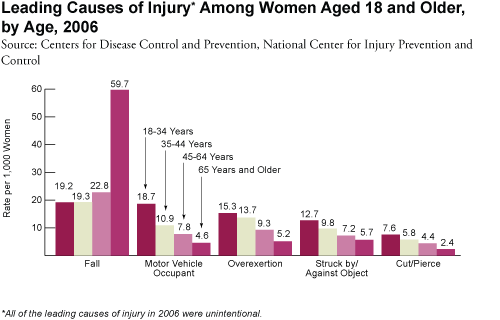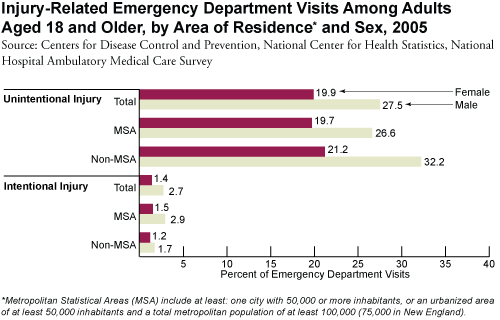It is of great interest a female, in the following article, is discussing the education system and creating greater awareness of boys falling further and further behind. Thank goodness for brave women like Christina Hoff Summers, who are prepared to take the heat from the outraged and screeching tax supported feminists. The feminization of testing, our schools operational policies, and the priority given by a preponderance of female teachers to feminine characteristics is at the root of it. In Ontario female teachers outnumber males in an over 4-1 ratio in the 20-30 age cohort.MJM
Thursday, July 1, 2010
American boys across the ability spectrum and in all age groups have become second-class citizens in the nation’s schools. Just visit New York City.
Boys are falling behind girls in our nation’s schools. Fewer boys graduate from high school, and boys are less likely to attend college. One education expert has quipped that if current trends continue, the last male will graduate from college in 2068. A recent story in the New York Times carried more bad news for boys. A significant gender gap favoring girls has arisen inside New York City’s gifted and talented programs. According to the article, “Around the city, the current crop of gifted kindergartners…is 56 percent girls, and in the 2008-9 year, 55 percent were girls.” In some of the most elite programs, almost three-fifths of the prodigies are girls. Could it be that girls are simply smarter than boys?
A fair selection process should produce more boys than girls in a gifted and talented program.In fact, males and females appear equally intelligent, on average. But on standardized intelligence tests, more males than females get off-the-chart test scores—in both directions. The greater variance of males on intelligence tests is one of the best-established findings in psychometric literature. More males are mentally deficient, and more are freakishly brilliant. The difference in variation isn't huge, but it is large enough and consistent enough that a fair selection process should produce more boys than girls in a gifted and talented program.
To give just one example, here is what a group of Scottish psychologists found in 2002 when they analyzed the results of IQ tests given to nearly all 11-year-olds in Scotland in 1932.

Little appears to have changed in the cognitive profile of men and women since prewar Scotland. Those with IQs above 140 or below 70 are still very much the exception. They can be male or female, but males have a statistically significant edge at both extremes. How did things get turned around with New York City’s kindergarteners?
Here is how the Times describes playtime for a group of five-year-old braniacs:
Four of the boys went to the corner to build an intricate highway structure and a factory from wooden blocks, while two others built trucks. One girl helped them, by creating signs on Post-its to stick on the buildings. Another kindergarten girl, Tamar Greenberg, stood to announce to the class her own activity, a Hebrew lesson. “We’re moving to the green table because it’s too distracting with the computers” in the back, she told the other children. On a roster, she neatly recorded the names of the three children who joined her for the lesson: Skyler, Isabelle and Bayla. “No boys were interested,” Tamar said.
The greater variance of males on intelligence tests is one of the best-established findings in psychometric literature. More males are mentally deficient, and more are freakishly brilliant.But the old practice of taking equal numbers of boys and girls was phased out a few years ago when Mayor Michael Bloomberg and his administration sought to make the application process more fair, open, and uniform. Reforms were needed, because, for many years, admission procedures were haphazard and varied from school to school. Parents who knew how to work the system had a huge advantage. Many average children with assertive parents found their way into the city’s elite programs—and many brilliant but socially disadvantaged children never had a chance. The Bloomberg administration imposed a uniform and transparent admission process so that all applicants (about 15,000 four- and five-year-olds) now take the same two standardized tests. Only children who score in the 90th percentile or above can enter the programs. This approach leaves little room for parental lobbying.
Well-intentioned government officials and educators can disregard boys’ needs and abilities and unwittingly adopt policies detrimental to boys’ well-being.The reformers believed this open and consistent procedure would yield a more ethnically diverse group of students. So far it has not. It has yielded more girls than boys. As the Times reports (and disgruntled mothers of boys say on websites like UrbanBaby ), the test is “more verbal than other tests” and it plays to girls’ strengths. Boys are especially disadvantaged by the necessity to sit quietly for one hour and focus exclusively on the test. Pre-kindergarten boys with mental abilities three or four standard deviations above the mean have astonishing talents. But as Terry Neu, an expert on gifted boys, told me, sitting still for an extended period of time is not one of them. The capacity to remain seated for a long test does not reliably measure brilliance, but requiring pre-K children to do it is a sure way of securing more places for girls than boys in a gifted program.
The developing gender gap in the gifted programs of New York City does not signal that girls are smarter than boys. Rather, it exemplifies how well-intentioned government officials and educators can disregard boys’ needs and abilities and unwittingly adopt policies detrimental to boys’ well-being. It is a small part of the long story of how American boys across the ability spectrum and in all age groups have become second-class citizens in the nation’s schools.
Christina Hoff Sommers is a resident scholar at the American Enterprise Institute. Her books include The War Against Boys (2000) and The Science on Women and Science (2009).






No comments:
Post a Comment